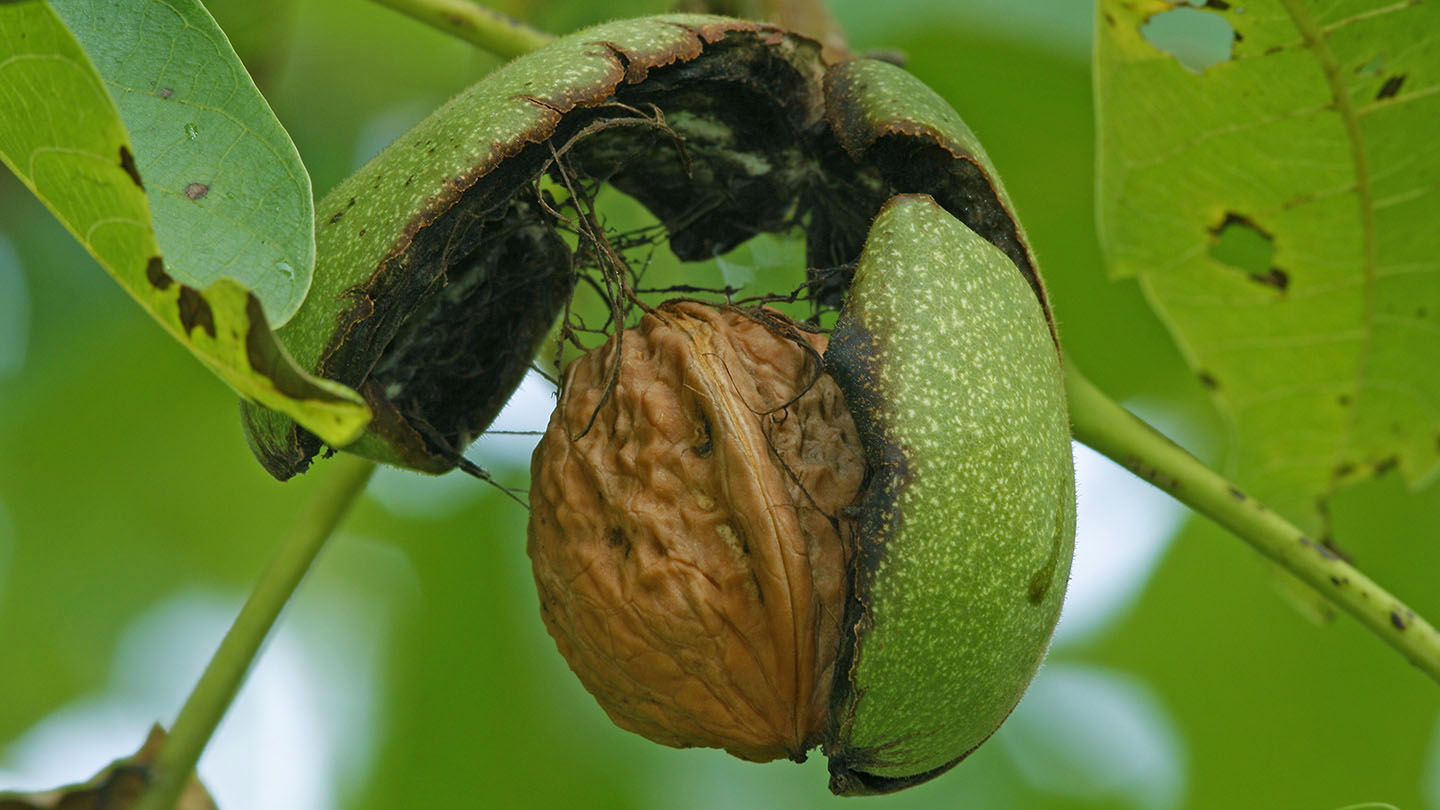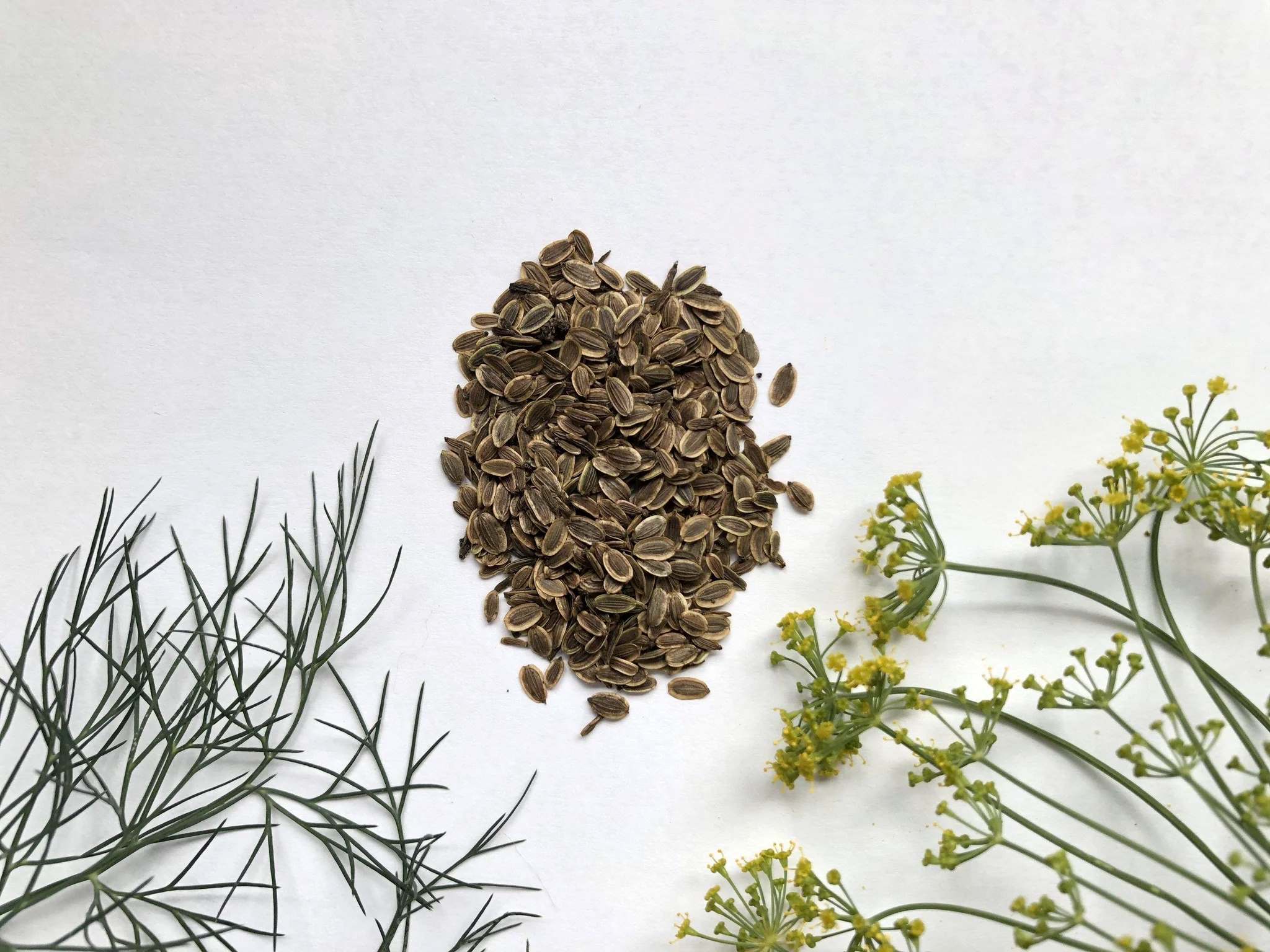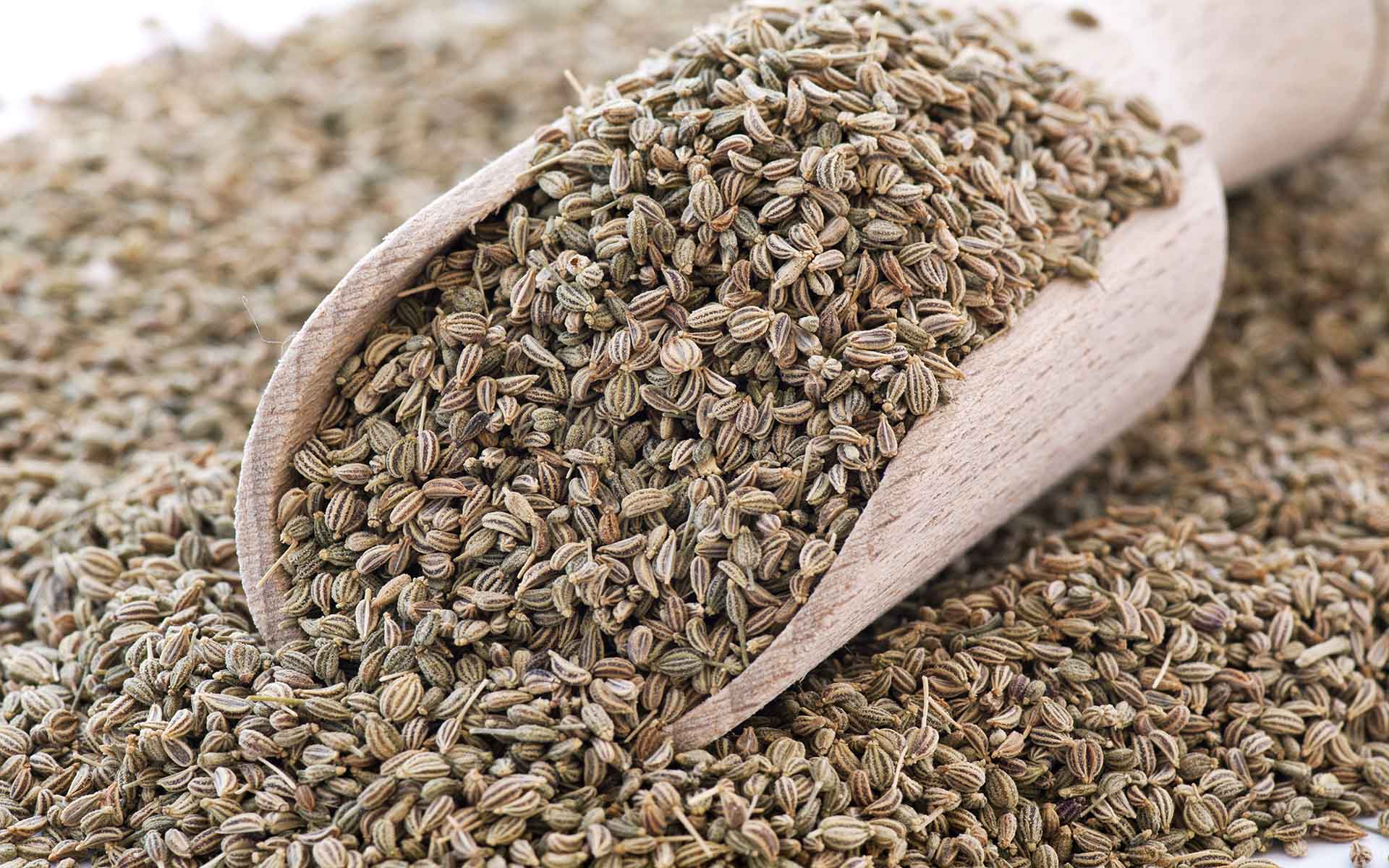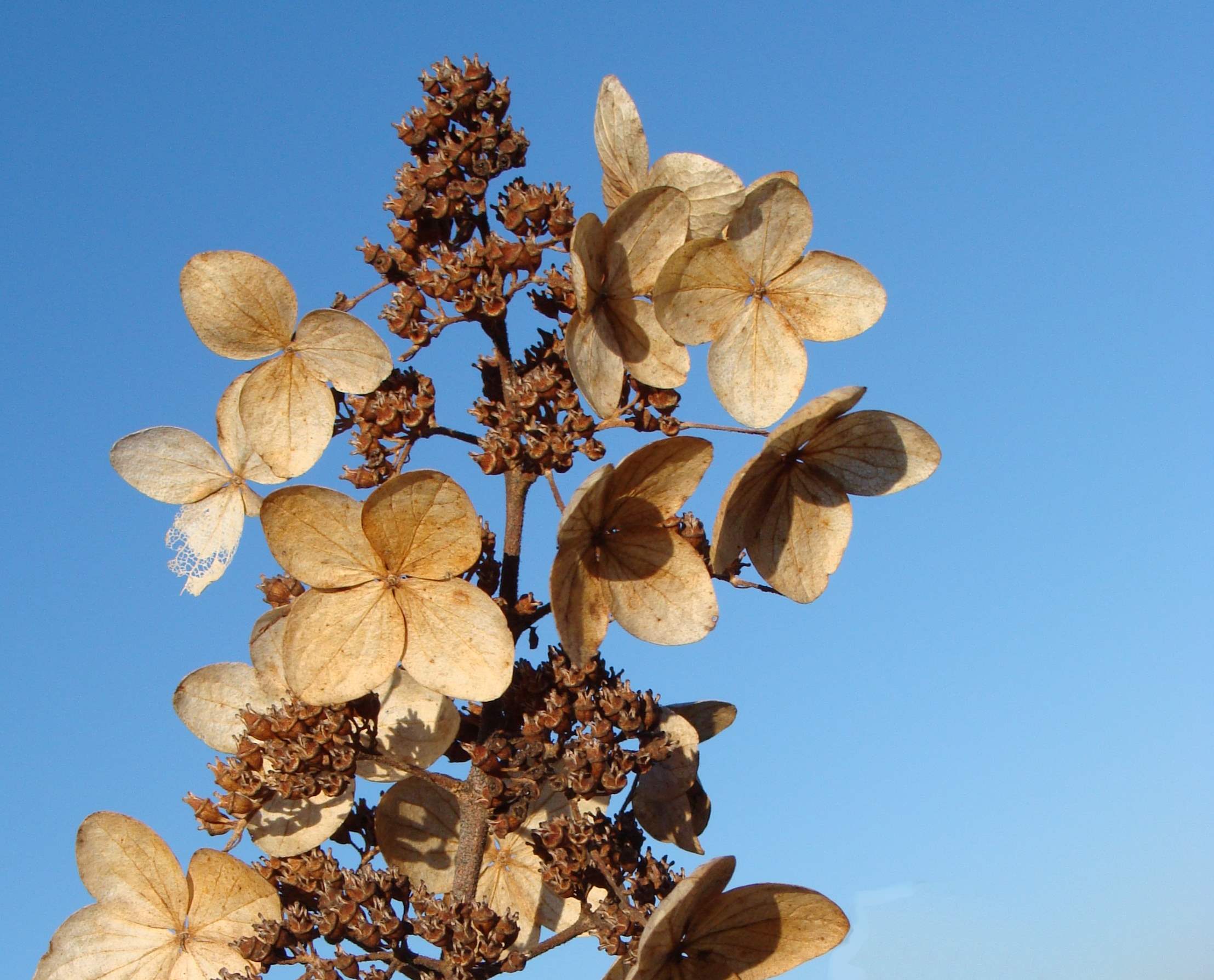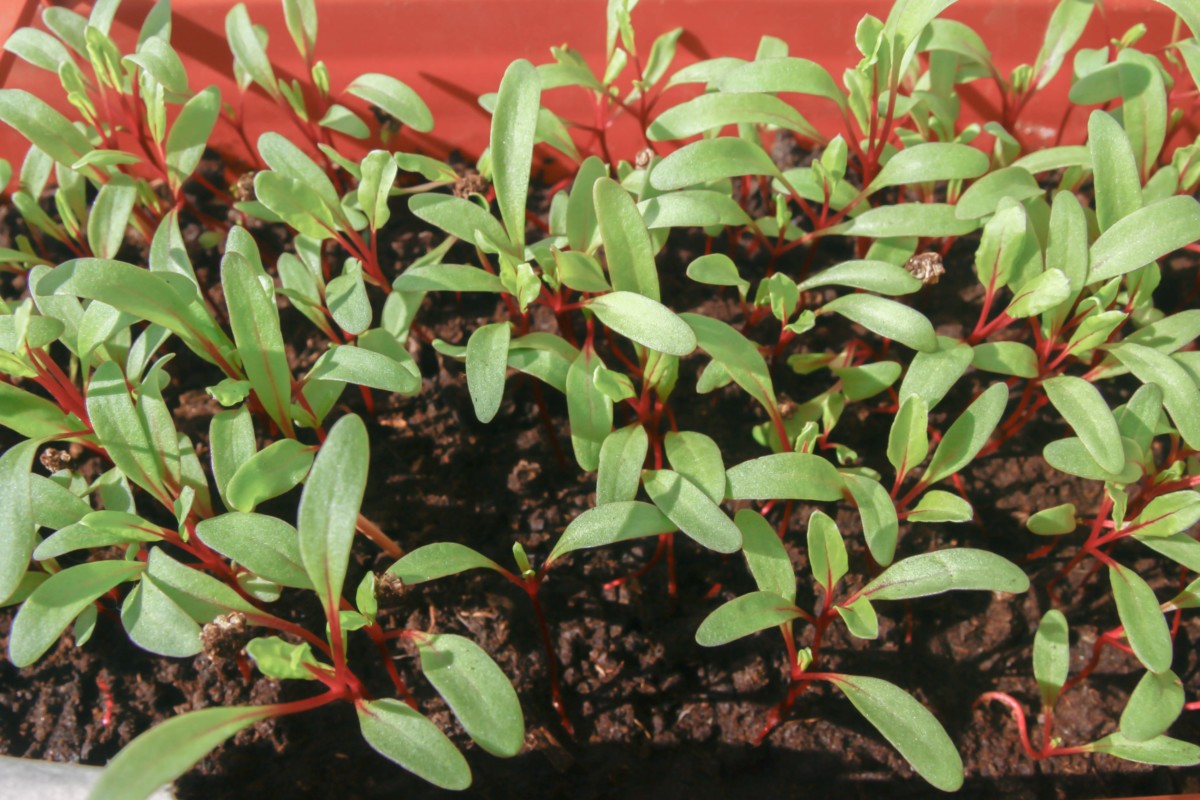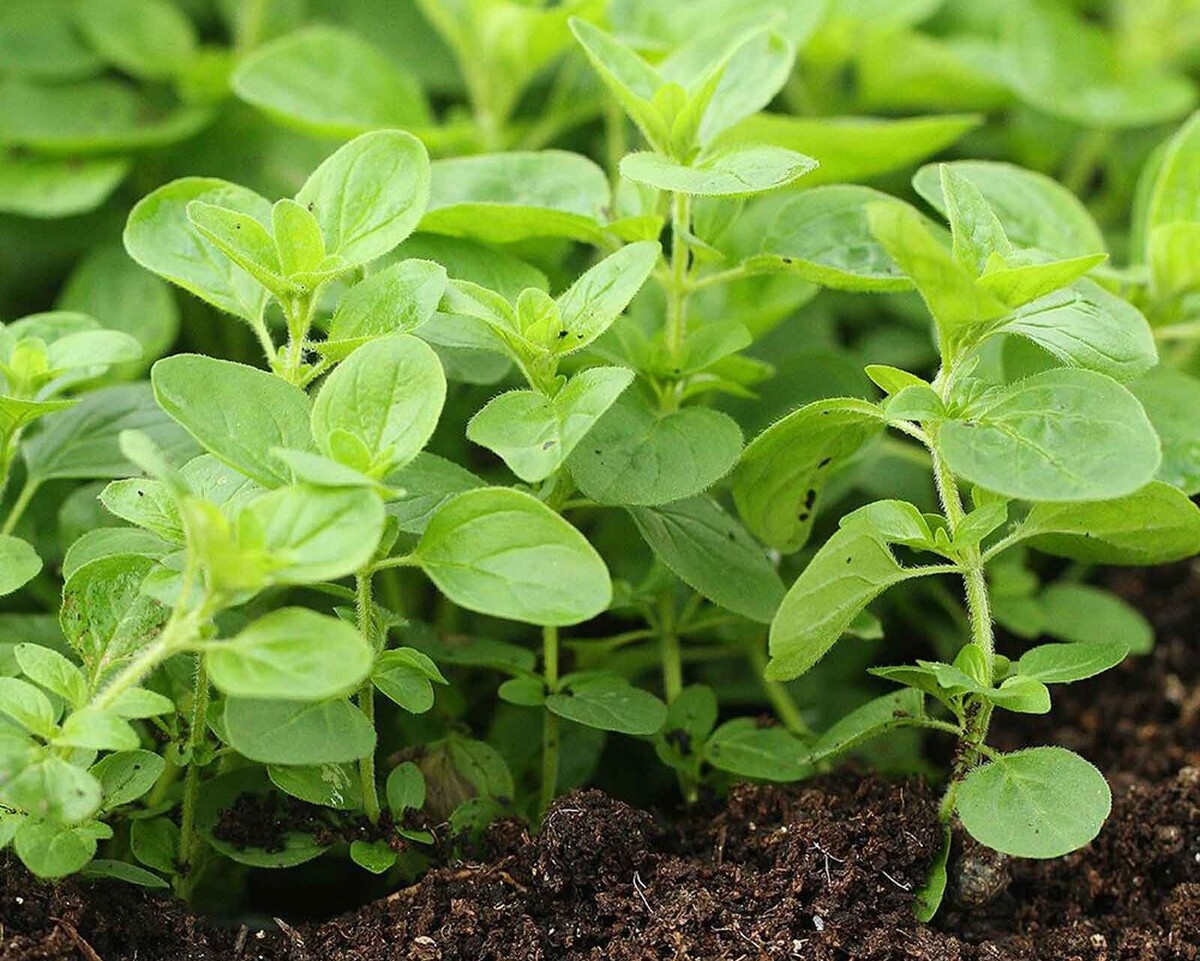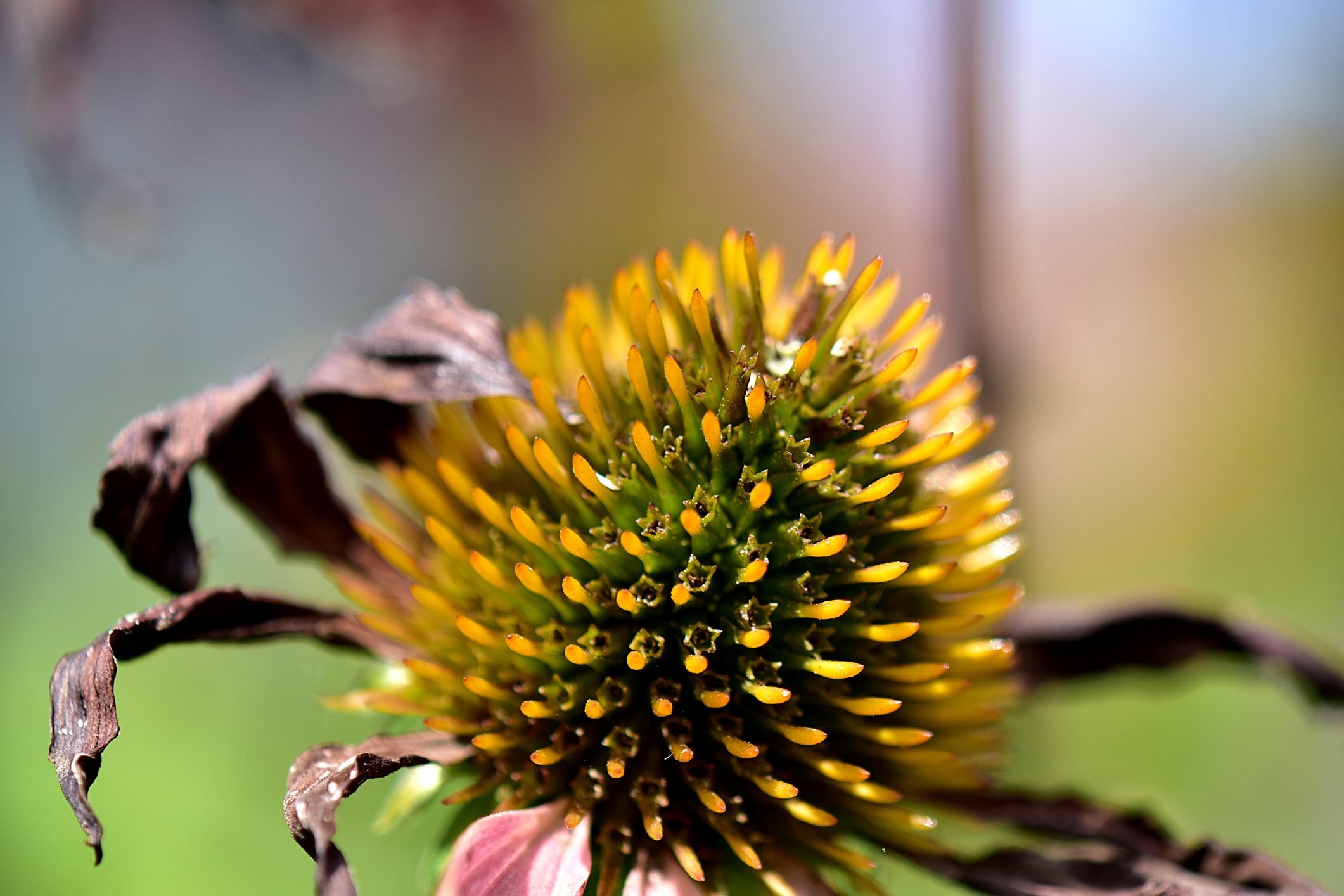Home>Gardening News and Trends>What Does Fertilizer Burn Look Like
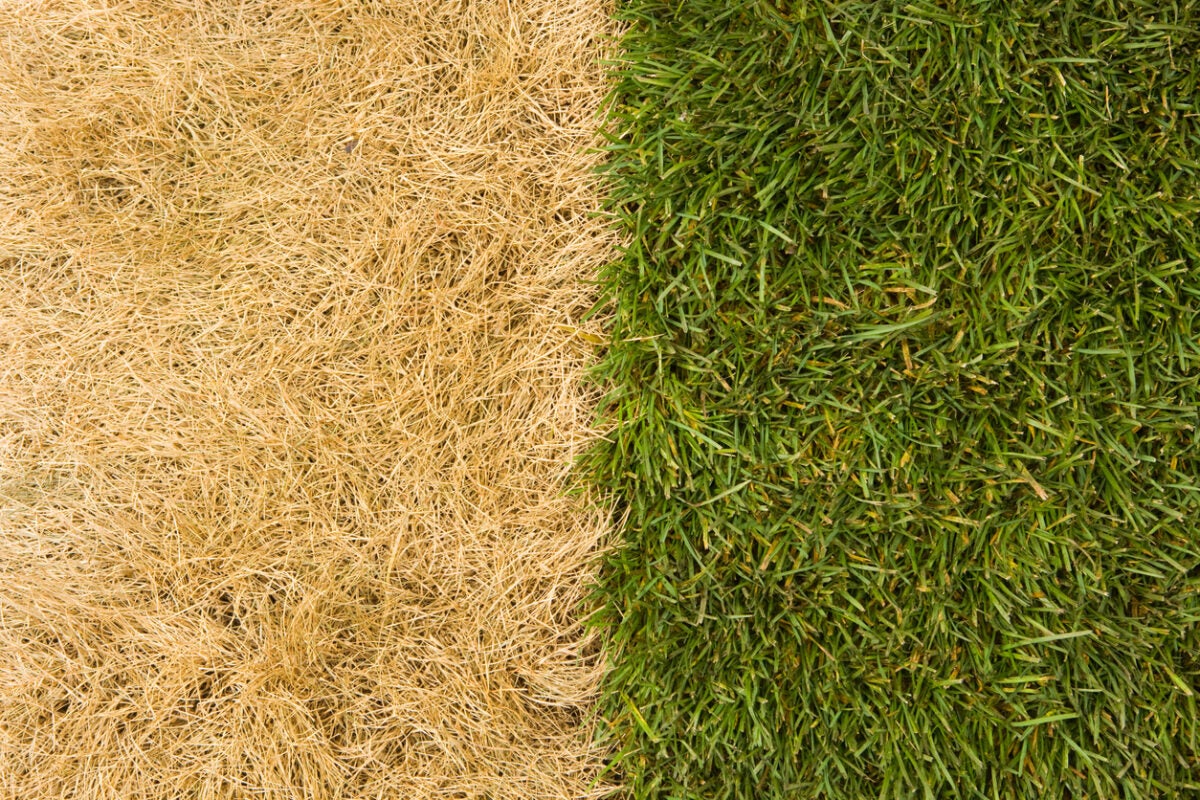

Gardening News and Trends
What Does Fertilizer Burn Look Like
Modified: February 10, 2024
Discover the signs of fertilizer burn and learn how to prevent it in your garden. Stay updated with the latest news on fertilizers and gardening tips.
(Many of the links in this article redirect to a specific reviewed product. Your purchase of these products through affiliate links helps to generate commission for Chicagolandgardening.com, at no extra cost. Learn more)
Table of Contents
Introduction
When it comes to nurturing and maintaining healthy plants, one of the essential elements is the use of fertilizers. Fertilizers provide vital nutrients that help plants grow, thrive, and produce abundant blooms or bountiful harvests. However, improper use of fertilizers can lead to a phenomenon known as fertilizer burn. Fertilizer burn is a condition that occurs when plants are exposed to excessive amounts of fertilizers or when the fertilizers are not properly diluted.
Fertilizer burn can have detrimental effects on plants, causing damage to the leaves, roots, and overall health of the plant. It is important for gardeners and plant enthusiasts to recognize the signs and symptoms of fertilizer burn and take appropriate measures to prevent and treat it.
In this article, we will explore the causes of fertilizer burn, the physical appearance of the symptoms on plants, and how to effectively treat and prevent fertilizer burn. By understanding the characteristics and prevention methods, you can ensure the health and vitality of your plants, allowing them to flourish to their full potential.
Whether you are a seasoned gardener or a beginner, this comprehensive guide will equip you with valuable knowledge on identifying, treating, and preventing fertilizer burn. So, let’s delve into the world of fertilizer burn and learn how to keep our plants happy and thriving.
What Causes Fertilizer Burn?
Fertilizer burn occurs when plants are exposed to excessive amounts of fertilizers or when the fertilizers are not properly diluted. The main cause of fertilizer burn is an imbalance of nutrients, particularly nitrogen, phosphorus, and potassium, commonly referred to as NPK.
When too much fertilizer is applied or when it is concentrated in one area, the high levels of nutrients overwhelm the plants’ abilities to absorb and process them. This excess causes the plant’s cells to become dehydrated, leading to damage and death of the affected tissues.
There are several factors that can contribute to fertilizer burn:
- Over-fertilization: When too much fertilizer is applied, the plant cannot absorb all the excess nutrients, leading to burn.
- Improper dilution: Fertilizers need to be mixed with water or spread evenly to avoid concentrated spots that can cause burn.
- Application during hot weather: Fertilizing plants during hot, dry weather conditions can increase the risk of burn as the excessive heat accelerates the uptake of nutrients.
- Application near the stem or foliage: Direct contact between fertilizer and the stem or foliage can cause burns, as the concentrated nutrients can directly affect the sensitive tissues.
- Using the wrong type of fertilizer: Different plants have specific nutrient requirements, and using the wrong type of fertilizer can result in nutrient imbalances and burn.
It is crucial to understand these causes to prevent fertilizer burn from occurring. Proper application methods, careful nutrient balance, and timing are key factors in keeping your plants healthy and avoiding the harmful effects of fertilizer burn.
Signs and Symptoms of Fertilizer Burn on Plants
Recognizing the signs and symptoms of fertilizer burn is crucial for early detection and effective treatment. Here are some common indicators to look out for:
- Leaf discoloration: One of the most noticeable symptoms of fertilizer burn is a change in leaf color. The affected leaves may turn brown, yellow, or even black. The discoloration usually starts at the leaf edges and progresses inward.
- Burnt leaf edges: Fertilizer burn often results in the edges of the leaves appearing scorched or burnt. This occurs due to the concentrated levels of nutrients damaging the sensitive tissues.
- Wilting: Fertilizer burn can cause plants to wilt, even when the soil is adequately moist. This wilt may occur on specific branches or the entire plant.
- Stunted growth: The excessive nutrients can hinder the plant’s growth and development, leading to stunted or delayed growth.
- Leaf curling: Curling or twisting of the leaves can be a sign of fertilizer burn. The affected leaves may appear deformed or exhibit unnatural patterns.
- Leaf drop: In severe cases, fertilizer burn can cause leaves to drop prematurely, leading to significant defoliation.
- Brown and crispy roots: Fertilizer burn can also affect the root system. If the roots are exposed to excessive nutrients, they can become brown, crispy, and show signs of decay.
It is important to note that these symptoms may not appear immediately after fertilization. It can take a few days or weeks for the signs of fertilizer burn to become apparent. Therefore, it is crucial to monitor your plants regularly and take action as soon as you notice any abnormality.
Next, we will delve into the physical appearance and signs of fertilizer burn on different plant parts, such as leaves and grass, to provide better insight into identifying this condition and taking prompt measures to rectify it.
Physical Appearance of Fertilizer Burn on Leaves
When it comes to identifying fertilizer burn on plants, examining the physical appearance of the leaves can provide valuable clues. Here are some common signs of fertilizer burn on leaves:
- Brown or yellow edges: One of the most evident signs of fertilizer burn is the browning or yellowing of the leaf edges. This discoloration typically starts at the tips and progresses towards the center of the leaf.
- Dry and crispy leaf margins: The affected leaf edges may become dry, crispy, and brittle. They may exhibit a burnt appearance and feel fragile to the touch.
- Wilting and drooping: Fertilizer burn can cause leaves to wilt and droop, even when the soil is adequately moist. This wilting is often localized to the affected area.
- Spotting or speckling: In some cases, fertilizer burn can manifest as small spots or speckles on the leaf surface. These spots may be discolored, appearing as brown, yellow, or white patches on the leaves.
- Leaf discoloration: Fertilizer burn can cause overall discoloration of the leaves, making them appear dull, yellow, or brown. The discoloration is often more pronounced along the leaf margins.
- Leaf deformation: Leaves affected by fertilizer burn may show signs of deformation, such as curling, twisting, or abnormal growth patterns.
- Premature leaf drop: In severe cases, the damaged leaves may drop prematurely, leading to significant defoliation.
It is important to remember that the physical appearance of fertilizer burn can vary depending on the specific plant species and the severity of the damage. Additionally, it is possible for other factors, such as pests or diseases, to cause similar symptoms. Therefore, it is crucial to observe the overall health of the plant and consider other possible causes before concluding that the damage is due to fertilizer burn.
Now that we have explored the physical appearance of fertilizer burn on leaves, let’s move on to discussing how it affects grass and lawns.
Fertilizer Burn on Grass and Lawns
Fertilizer burn is not limited to plants and can also affect grass and lawns. The symptoms of fertilizer burn on grass are similar to those on other plants, but there are some specific signs to look out for:
- Yellow or brown patches: Fertilizer burn can cause the grass to develop yellow or brown patches, which are often irregular in shape. These patches may appear burnt, dry, or wilted.
- Streaks or lines: If fertilizer is unevenly spread or concentrated in certain areas, it can result in streaks or lines of burnt grass, creating a visually uneven lawn.
- Slow growth or no growth: Grass affected by fertilizer burn may exhibit slow growth or no growth at all. It may struggle to recover and fill in bare patches due to the damage caused by the excessive nutrients.
- Excessive thatch: Fertilizer burn can contribute to the build-up of thatch, a layer of dead grass and organic material between the soil and the grass blades. This thatch layer becomes thicker as the damaged grass struggles to decompose.
- Weak or thin grass blades: The grass blades affected by fertilizer burn may become weak, thin, and more prone to breakage. They may have a brittle or crispy texture.
- Root damage: Fertilizer burn can also impact the grass roots, resulting in shallow or damaged root systems. This can further weaken the grass and hinder its ability to absorb sufficient nutrients and water from the soil.
If you notice any of these symptoms on your lawn, it is crucial to take immediate action to prevent further damage and promote recovery. This may involve adjusting your watering routine, removing any excess fertilizer, or employing specific treatment measures, such as dethatching or aerating the lawn.
Proper fertilization techniques, such as following recommended application rates, watering-in the fertilizer, and avoiding applying fertilizer during hot and dry periods, can help prevent fertilizer burn on grass and maintain a healthy, vibrant lawn.
Now that we have covered fertilizer burn on grass and lawns, let’s move on to the next section where we will discuss effective treatment methods for fertilizer burn on plants.
How to Treat Fertilizer Burn on Plants
If you notice signs of fertilizer burn on your plants, it is important to take immediate action to treat the damage. Here are some steps you can take to effectively treat fertilizer burn:
- Flush the soil: Begin by thoroughly watering the affected plant to flush out excess fertilizer from the soil. This helps to dilute the concentration of nutrients and prevent further damage.
- Adjust watering schedule: Ensure that the plant receives sufficient water, but avoid overwatering. Maintaining a proper watering schedule helps the plant recover and promotes the leaching of excess nutrients from the soil.
- Remove affected leaves: If the damage is primarily on the leaves, carefully trim or remove the affected foliage. This helps the plant redirect its energy towards repairing and regrowing healthy leaves.
- Protect from direct sunlight: Shield the affected plant from direct sunlight, especially during the hottest hours of the day. This minimizes stress on the plant and reduces the risk of further damage.
- Apply a fertilizer antidote: Some specialized fertilizers or soil amendments can help counteract the effects of fertilizer burn. These products contain ingredients that help restore balance to the soil and provide additional nutrients to support plant recovery.
- Monitor and adjust nutrient levels: Test the soil to determine its nutrient levels. Adjust the fertilization routine based on the test results to avoid further nutrient imbalances, ensuring the plant receives the necessary nutrients in the right amounts.
- Implement proper fertilization techniques: Going forward, follow recommended fertilization practices, including proper dilution, even distribution, and adhering to the specified application rates. Pay attention to the specific nutrient requirements of different plant varieties.
It is important to note that the success of treatment depends on the severity of the fertilizer burn and the overall health and resilience of the plant. In some cases, it may take time for the plant to recover fully.
By promptly addressing fertilizer burn and implementing these treatment methods, you can greatly increase the chances of your plants recovering and thriving once again.
Now that we have covered the treatment of fertilizer burn, let’s move on to the next section where we will focus on preventing fertilizer burn from occurring in the first place.
Preventing Fertilizer Burn
Preventing fertilizer burn is key to maintaining healthy plants and avoiding unnecessary damage. Here are some essential tips to prevent fertilizer burn:
- Follow recommended application rates: Always follow the manufacturer’s instructions regarding fertilizer application rates. Applying more fertilizer than recommended can increase the risk of burn.
- Properly dilute and mix fertilizers: Ensure that you properly dilute fertilizers according to the instructions. Thoroughly mix the fertilizer with water or spread it evenly to avoid concentrated spots that can cause burn.
- Avoid applying fertilizers during hot weather: Applying fertilizers during hot, dry weather can increase the risk of fertilizer burn as the excessive heat can intensify the uptake of nutrients.
- Keep fertilizers away from the stem and foliage: Avoid direct contact between fertilizers and the stem or foliage of plants. Concentrated nutrients can directly affect the sensitive tissues, resulting in burn.
- Choose the right type of fertilizer: Different plants have specific nutrient requirements. Selecting the right type of fertilizer based on your plant’s needs helps maintain a proper nutrient balance and reduces the risk of nutrient imbalances and burn.
- Test soil nutrient levels: Regularly test the nutrient levels of your soil to determine its specific needs. This will help you apply the appropriate type and amount of fertilizer to prevent over-application.
- Water thoroughly after fertilization: After fertilizing, water the plants thoroughly to help distribute and activate the nutrients in the soil. This also helps prevent the accumulation of excessive nutrients in one area.
- Maintain good soil health: Healthy soil is vital for optimal plant growth and nutrient absorption. Regularly improve soil health by adding organic matter, such as compost, to enhance nutrient availability and water retention.
By implementing these preventive measures, you can significantly reduce the risk of fertilizer burn and ensure the healthy growth and development of your plants.
In the next section, we will summarize the key points covered in this article and reiterate the importance of proper fertilizer usage and plant care.
Conclusion
Fertilizer burn can have detrimental effects on plants, causing damage to the leaves, roots, and overall health. It occurs when plants are exposed to excessive amounts of fertilizers or when the fertilizers are not properly diluted. However, with proper knowledge and care, fertilizer burn can be prevented and treated effectively.
In this comprehensive guide, we explored the causes of fertilizer burn, the signs and symptoms to look out for, and treatment methods. We discussed the physical appearance of fertilizer burn on leaves and how it affects grass and lawns. Additionally, we provided valuable tips on preventing fertilizer burn through proper fertilizer application techniques and soil management.
By following recommended fertilization practices, such as using the correct type and amount of fertilizer, properly diluting and distributing it, and testing the soil nutrient levels, you can minimize the risk of fertilizer burn and maintain healthy, vibrant plants. Regular monitoring of your plants for any signs of fertilizer burn, along with prompt action and treatment, will ensure their quick recovery and continued growth.
Remember, fostering a healthy and thriving garden or lawn goes beyond just providing water and sunlight. Proper fertilizer usage and plant care are crucial elements in nurturing plants and ensuring their long-term vitality.
Now armed with the knowledge and understanding of fertilizer burn, you can confidently navigate the world of plant nutrition and safeguard your plants from unnecessary damage. Happy gardening!
